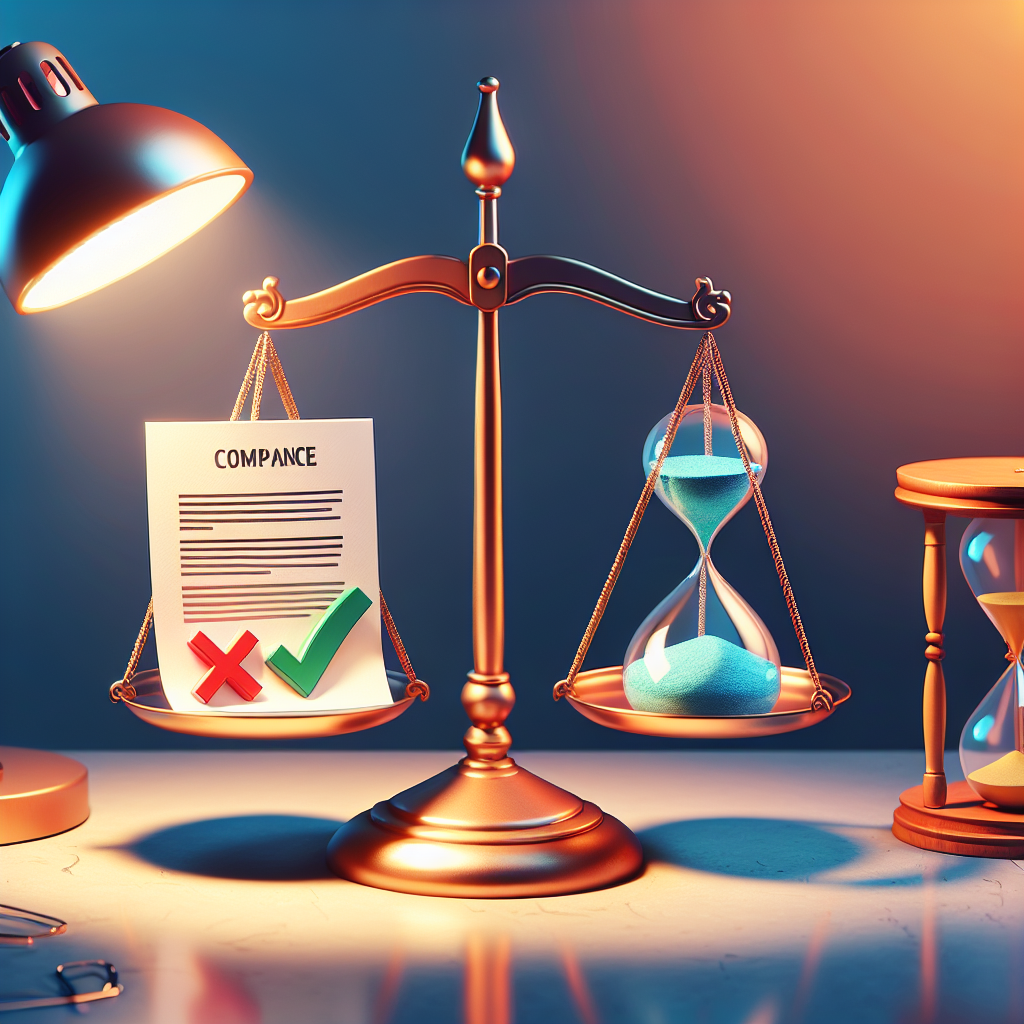Your cart is currently empty!
Ensuring Compliance with Service Level Agreements

Service Level Agreements (SLAs) are essential contracts that define the level of service a customer can expect from a service provider. These agreements are crucial in ensuring that both parties are clear on the expectations and responsibilities involved in the service delivery process. However, simply having an SLA in place is not enough – it is equally important to ensure compliance with the terms of the agreement.
There are several key steps that can be taken to ensure compliance with SLAs:
1. Clearly define the SLA: The first step in ensuring compliance with an SLA is to clearly define the terms of the agreement. This includes outlining the services to be provided, the expected performance levels, and the responsibilities of both parties. By clearly defining the SLA, both parties can have a clear understanding of what is expected of them.
2. Monitor performance: Regular monitoring of performance is essential to ensure compliance with an SLA. This can be done through the use of key performance indicators (KPIs) that measure the performance of the service provider against the agreed-upon standards. By monitoring performance regularly, any deviations from the agreed-upon standards can be identified and addressed promptly.
3. Communicate effectively: Effective communication is key to ensuring compliance with an SLA. Both parties should communicate regularly to discuss any issues or concerns that may arise during the service delivery process. This open line of communication can help to address any issues before they escalate and ensure that both parties are working towards the same goals.
4. Implement a feedback mechanism: Implementing a feedback mechanism can help to ensure compliance with an SLA by providing a way for customers to provide feedback on the service they have received. This feedback can be used to identify any areas for improvement and make necessary changes to ensure that the agreed-upon standards are being met.
5. Review and update the SLA: SLAs should be reviewed regularly to ensure that they are still relevant and effective. As business requirements and technologies evolve, it is important to update the SLA to reflect these changes. By regularly reviewing and updating the SLA, both parties can ensure that the agreement remains effective in meeting their needs.
In conclusion, ensuring compliance with SLAs is essential for both service providers and customers. By clearly defining the terms of the agreement, monitoring performance, communicating effectively, implementing a feedback mechanism, and regularly reviewing and updating the SLA, both parties can work together to ensure that the agreed-upon standards are being met. By following these steps, compliance with SLAs can be achieved, leading to improved service delivery and customer satisfaction.

Leave a Reply